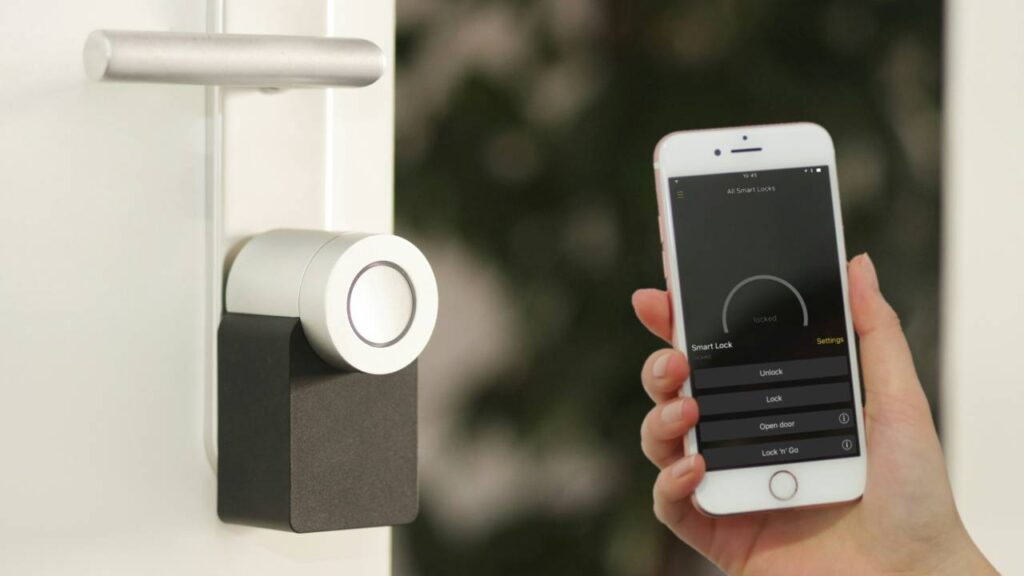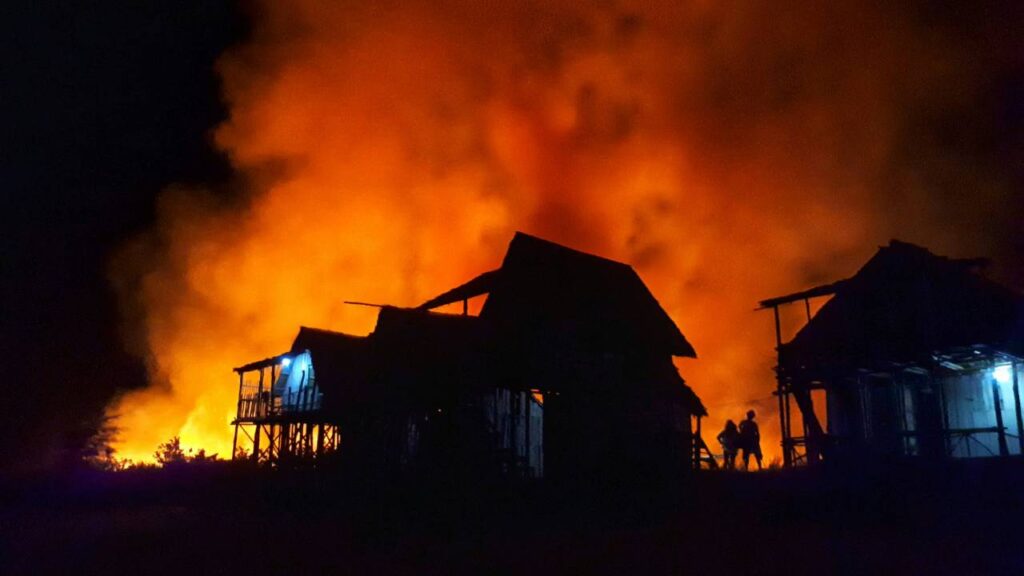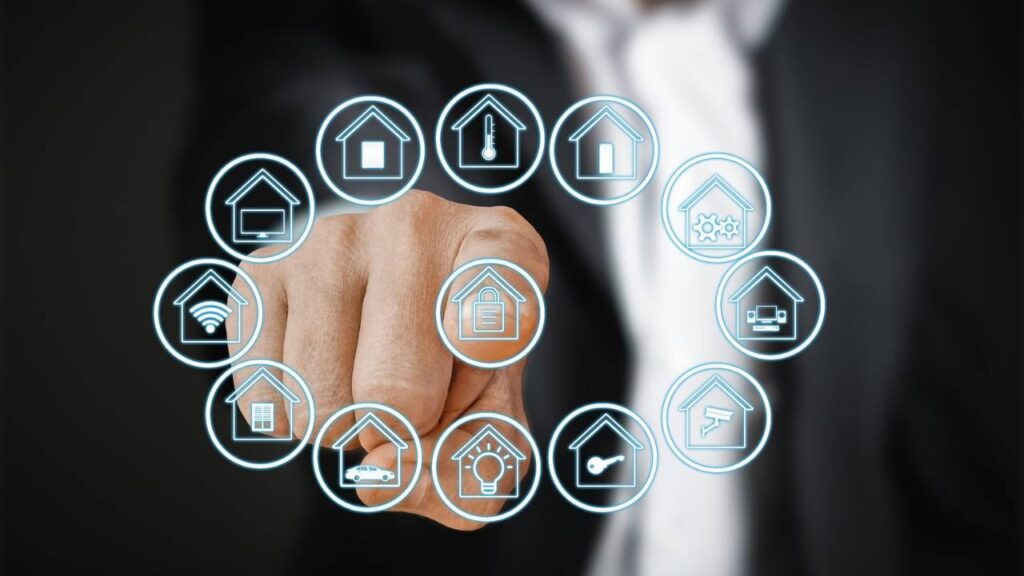Imagine approaching the safety of your home with the same meticulous attention to detail and strategic planning typical of corporate security measures. Adopting corporate security protocols for your residence can significantly bolster its defences, providing peace of mind and comprehensive protection. Understanding these business-oriented strategies helps you anticipate potential risks and organise your security efforts with precision.
Incorporating elements like risk assessment, employee-style training for family members, and robust surveillance systems, you create a more secure environment for your loved ones. This professionally inspired approach is not just about installing more locks; it’s about a systematic evaluation and implementation of safety practices that businesses rely on.
By consulting professionals familiar with corporate security, homeowners can gain insights into the methods used by companies to safeguard their assets. With these insights, you can effectively enhance the security of your home, making it as impenetrable and secure as the most fortified workplaces.
Understanding Corporate Security Principles
Corporate security principles enhance residential safety by adopting strategic methods used in business environments. These methods help in identifying potential risks and creating a robust security outlook.
Evaluating Security Risks
Evaluating security risks requires a detailed risk assessment to identify potential threats to your home. Using different aspects of business security, you examine each potential risk, from burglary to cyber threats, considering the likelihood and potential impact.
Risk assessments involve analysing the weakness areas around your home, such as windows, doors, and any spot that might attract intrusion. You need to look into both physical vulnerabilities and possible digital entry points. This systematic approach allows you to prioritise resources and focus on the most critical threats, ensuring efficient use of security measures.
Developing a Comprehensive Security Strategy
Developing a comprehensive security strategy involves creating a plan that addresses identified risks. This plan should integrate various security measures, such as alarm systems, surveillance cameras, and cybersecurity protocols, tailored to your specific needs.
Risk management practices from the corporate world can guide you in structuring these elements into a coherent strategy. By establishing clear procedures, you ensure prompt response to potential threats. Regular updates and training are essential to adapt to new challenges, fostering a proactive security culture at home.
Implementing Robust Access Control Measures

A robust access control system in residential spaces involves the rigorous securing of entry points and the integration of biometric authentication technology. These measures ensure that both physical and digital aspects of security are addressed thoroughly.
Securing Entry Points
Entry points such as doors and windows are critical to maintaining a secure home. Reinforce door security by installing deadbolts and reinforcing strike plates with longer screws. Choose high-quality, tamper-resistant locks that are resistant to picking and bumping.
Windows also require attention. Secure them with locks and consider using shatterproof glass or security films. Installing window sensors can alert you to any unauthorised access attempts.
Monitoring technology plays a vital role. CCTV cameras or smart doorbells provide real-time visuals of entry points. Ensure these devices have night vision and motion detection to enhance their effectiveness. As part of a comprehensive strategy, a security company can assess your home and identify vulnerabilities.
Application of Biometric Authentication
Biometric authentication offers enhanced security through fingerprint, facial recognition, or iris scanning. These technologies reduce the risk of unauthorised entry by relying on unique physical characteristics.
Fingerprint scanners can be installed on main doors, providing swift and secure access. Similarly, facial recognition systems can verify identities quickly while ensuring privacy.
These systems require regular maintenance to ensure accuracy and efficiency. It’s advisable to keep systems up-to-date with the latest software for enhanced protection. Consider integrating biometric systems with existing smart home technology for seamless operation. By doing so, you can create an interconnected security network that significantly enhances residential safety.
Leveraging Advanced Surveillance Techniques
Incorporating cutting-edge technology can significantly improve the safety of your home. By using advanced surveillance methods such as AI and strategically placed cameras, high visibility and round-the-clock monitoring are achievable.
Integration of Security Cameras
Security cameras – like those offered by MJ Flood Security – are essential tools for enhancing residential safety. Strategically positioning these cameras around entry points and vulnerable areas can provide nearly panoramic visibility. High-definition cameras can capture clear images day or night, which is vital for identifying potential intruders.
The ability to monitor footage remotely through smartphones gives you control over your property’s security at any time. Cameras with features such as motion detection can send instant alerts, enabling you to respond swiftly to unusual activity. To achieve the best results, consider investing in a network of cameras that can work together seamlessly.
Utilising Artificial Intelligence
Artificial Intelligence plays a crucial role in modern surveillance. AI-powered systems can analyse real-time footage to differentiate between normal activity and potential threats. This capability reduces false alarms and ensures you are only notified when necessary.
Advanced AI can learn routine patterns within the surveillance area and alert you to any anomalies. This proactive approach enhances security by recognising threats before they escalate. With AI, you gain insights into patterns over time, enabling you to adapt security measures based on actual data.
By integrating AI with surveillance equipment, your home security system becomes smarter and more efficient. The combination of AI technologies and traditional security measures offers a robust solution for safeguarding your residence.
Ensuring Effective Emergency Response

Enhancing residential safety often involves adopting practices from the corporate world. Integrating emergency response plans and effective crisis management techniques can significantly elevate your home’s security. Planning in advance ensures you and your family are prepared to handle emergencies swiftly and efficiently.
Designing Emergency Response Plans
To ensure an effective emergency response at home, create well-structured and comprehensive emergency response plans. Start by identifying potential risks such as fires, medical emergencies, or break-ins. Outline clear roles and responsibilities for each household member. Encourage active participation from everyone to enhance preparedness.
Communication is crucial. Set up a reliable system for alerting each other during emergencies. This could involve text messaging systems or designated meeting points. Practise regular drills to familiarise everyone with the plan. Updating these plans regularly as circumstances change is vital to maintaining their relevance and effectiveness.
Crisis Management and Incident Response
Crisis management involves immediate decision-making and actions to handle unexpected incidents effectively. Develop a framework similar to those used in corporate environments to manage crises at home. This includes establishing an incident response team comprising family members who can take charge during emergencies.
Equip your home with necessary safety tools such as fire extinguishers and first-aid kits. Ensure they are easily accessible and regularly checked. Train household members in their proper use. Communication with local emergency services is also essential. Keep emergency contact numbers readily available, and brief all family members on how to call for help swiftly.
Protection Against Digital and Cyber Threats
Protecting your home from digital threats is crucial as malicious actors increasingly target personal spaces. By adopting business-level cybersecurity measures, you safeguard against cyberattacks and data breaches.
Countering Cyberattacks with Cybersecurity Measures
In the digital age, household devices connected to the internet are prone to cyberattacks. Implementing robust cybersecurity measures is essential. You might install firewalls and use network segmentation to isolate devices and restrict access. Regular software updates are vital as they patch known vulnerabilities.
Using strong, unique passwords for each device and online service further enhances security. Multi-factor authentication (MFA) adds another layer, ensuring that even if your password is compromised, unauthorised access is prevented. Educating yourself and your family about phishing scams and the dangers of clicking on suspicious links is equally important. Awareness and caution can prevent intrusions that lead to data breaches.
Securing Sensitive Information with Encryption
Encryption plays a pivotal role in protecting sensitive information. When your data is encrypted, it is transformed into a secure format that can only be accessed with the correct decryption key. Use encryption for your home Wi-Fi network to prevent unauthorised access to your internet connection.
Encrypting sensitive documents stored on your computers and cloud services ensures confidentiality, even if a cybercriminal gains access to your devices. Applications providing end-to-end encryption protect communications, keeping your conversations private from outside parties. Selecting software with robust encryption standards gives you confidence that your information remains secure. Regularly updating encryption methods is critical, as outdated protocols can be vulnerable to new threats.
Adopting Residential Security Best Practices

Integrating effective security measures for your home can significantly enhance its safety. By using comprehensive systems and engaging professional personnel, you can ensure a higher level of protection.
Installation of Comprehensive Home Security Systems
Installing a well-rounded home security system is essential. These systems usually combine alarm systems, security cameras, sensors, and smart home technology. Cameras should cover all entrances and sensitive areas to record and observe suspicious activity. Modern alarm systems that can communicate with your devices in real-time add an extra layer of protection.
For maximum security, opt for systems that are both user-friendly and reliable. It is important that the system integrates seamlessly with your daily life, offering ease of use while maintaining rigorous security standards. Technologies that include remote monitoring and automated alerts are beneficial, as they keep you informed of any irregularities instantly. Investing in a comprehensive system can deter potential threats effectively.
Engaging Professional Security Personnel
Having professional security personnel boosts residential security by offering a human element that technology alone cannot provide. Executive protection services and trained guards can detect unusual behaviour and respond to emergencies with expertise. Personalised protection plans can be developed based on specific requirements, ensuring that all aspects of your home’s security are covered.
Engaging skilled personnel offers assurance and peace of mind, especially during situations that require immediate action or discretion. Security personnel can provide tailored protection strategies and conduct regular patrols, keeping a vigilant eye on the property. Their presence serves as both a deterrent and a quick-response solution, enhancing the effectiveness of your security system.
Extended Protection for High-Net-Worth Individuals
Implementing security measures similar to those in corporate environments can significantly enhance the safety of your estate. This is particularly essential for high-net-worth individuals who require tailored security strategies for their primary residences and secondary homes.
Specialised Estate Security Services
For high-net-worth individuals, securing an estate requires expert knowledge and advanced technology. Specialised estate security services offer a combination of human and technological solutions. Trained professionals conduct risk assessments to identify potential threats and vulnerabilities specific to your property. Such services often include 24/7 surveillance, biometric access controls, and rapid-response teams.
Additionally, personalised security protocols are developed to address the unique risks associated with public figures. Integration of state-of-the-art surveillance systems with encrypted communication ensures confidentiality. Routine security drills keep you and your staff prepared for any emergency. By focusing on these targeted strategies, estate security services provide comprehensive protection tailored to your specific needs.
Customised Security for Secondary Homes
Secondary homes pose unique challenges due to their potential for lower occupancy. Customised security measures are crucial in securing these properties. Professional protection might include monitored alarm systems and remote surveillance technologies that allow you to oversee your property regardless of distance. Motion detectors and smart lighting systems can create the illusion of occupancy, deterring potential intrusions.
Furthermore, arranging regular security audits of your secondary home can identify new vulnerabilities. Establishing a reliable local contact, such as a trusted neighbour or security professional, adds an additional layer of oversight. Tailoring security to fit the specific circumstances and location of your secondary home ensures a robust safeguarding strategy that aligns with the dynamic lifestyles of high-net-worth individuals.
Conclusion
Integrating the security strategies used by businesses into residential settings can significantly enhance your home’s safety. By implementing a corporate-inspired approach, you can address vulnerabilities typical in residential security systems. This involves adopting technologies and practices that prioritise protection as businesses do.
Investing in advanced surveillance technology, like smart cameras and sensors, strengthens your security infrastructure. Such systems provide real-time monitoring and alerts, allowing you to respond swiftly to any threats. These tools can be vital components of safety measures for modern homes.
Another important aspect is conducting regular security audits. Like businesses, assessing potential risks in and around your property ensures that your precautions are up to date and effective. Identifying weaknesses allows you to make necessary adjustments to strengthen your home’s defence.
Furthermore, developing a clear emergency response plan can prove invaluable. Knowing exactly what steps to take if an incident occurs can prevent escalation and damage. Encouraging family members to participate in drills increases their familiarity with procedures and enhances overall readiness.
Establishing a network with your neighbours contributes to a supportive security environment. Mutual vigilance and communication create a layer of community protection that mirrors corporate teamwork. This shared responsibility can deter criminal activity more effectively than isolated efforts.
Leave a Reply